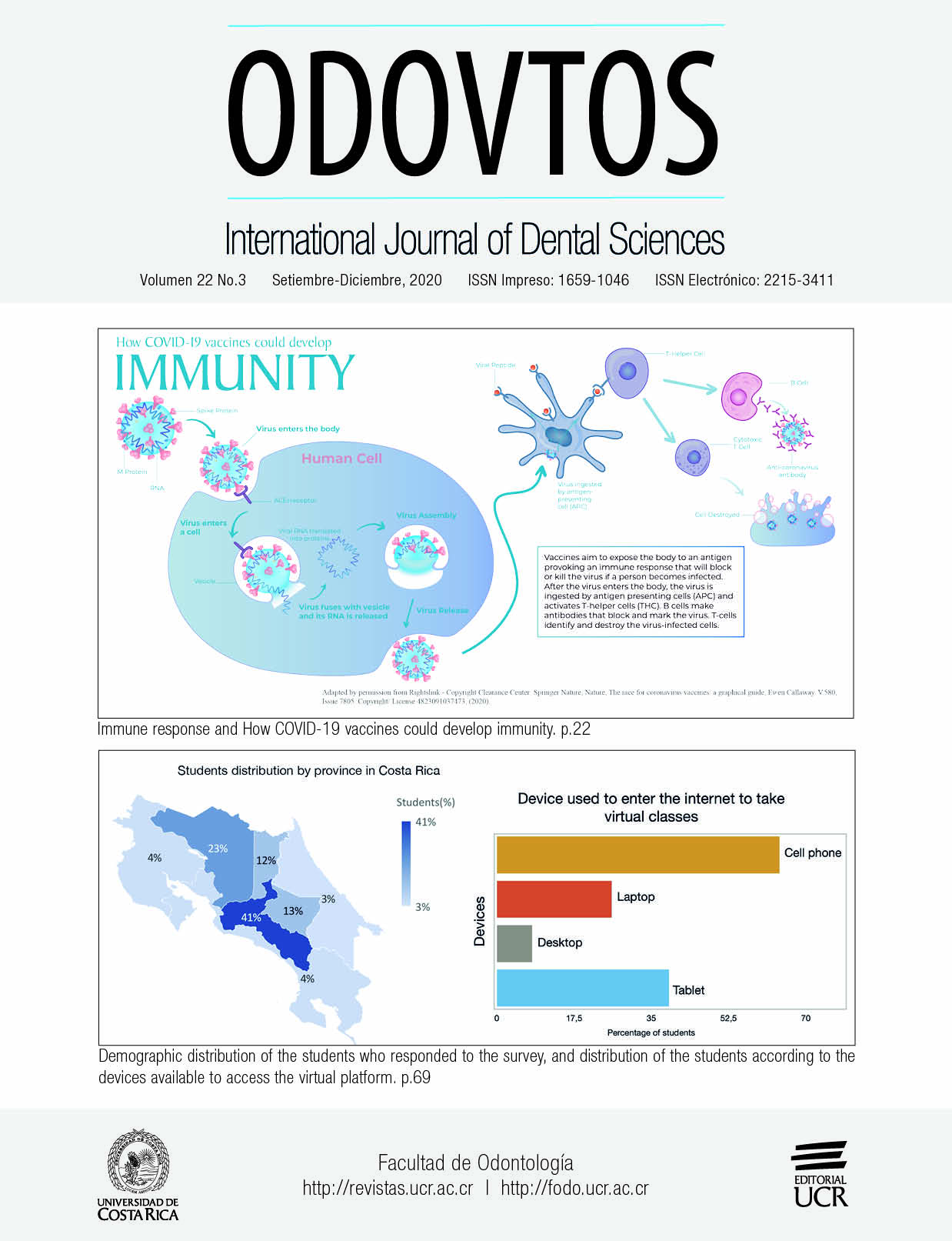Abstract
The aim of this study was to compare the apical transportation in extracted teeth using three different rotary nickel-titanium systems (Mtwo, Hyflex CM, and Typhoon). Sixty extracted first molars were randomly divided into three groups (n=20 in each group) with similar root canal curvatures (25-52 degrees). All root canals were prepared to size 30 using a crown-down preparation technique for each rotary system. Loss of working length and apical transportation were determined by X-ray evaluation. Comparisons between the groups were performed using one-way analysis of variance (ANOVA) or Kruskal-Wallis tests, and the post hoc analyses employed were Dunn´s or Tukey´s multiple comparison tests. No significant differences were detected between the different rotary systems in the loss of working length and apical transportation. This in vitro study showed that the use of these three rotary systems are safe and useful for instrumentation in curved canals; however, further in vivo research is essential to compare the effectiveness and safety of these systems for use in curved canals.

